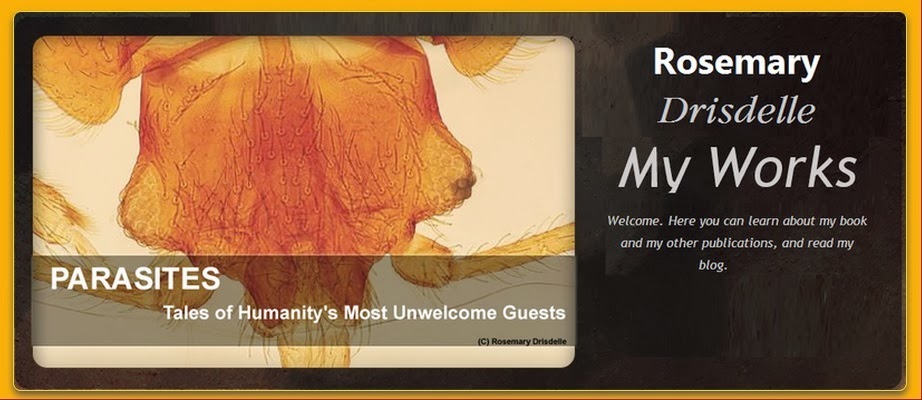By Moises Velasquez-Manoff.
Scribner; 2012 ISBN 978-1-4391-9938-1
“No matter who we are, we evolved with many more parasites and commensals, both large and small, than we generally encounter today. The implication—and let's face it, the hope—is that reestablishing contact with some of these organisms can rebalance the immune system.”
If Moises Velasquez-Manoff were to sum up his latest book, An Epidemic of Absence: A New Way of Understanding Allergies and Autoimmune Diseases, in under fifty words, the quote above would be a good choice (p. 61). In recent years, a growing number of researchers have explored the relationships between humans and the species that live with us—both those that cause disease and those that do not—and found evidence that we may be better of with many of them than without. Framing the information within his own experience of allergy and autoimmune disease, Velasquez-Manoff comes at this body of evidence from every conceivable angle, and by the last page one cannot help but be thoroughly convinced.
 |
| Studies show that regularly swallowing pig whipworm eggs can alleviate symptoms of autoimmune diseases. Image Bobjgalindo (enhanced) CC BY-SA 3.0 |
This topic, in the hands of someone suffering from allergies and autoimmune disease, could easily have come across as pseudoscience, but Velasquez-Manoff is meticulous about pointing out what is actually known through scientific research, and what is still theory or speculation. He deftly balances anecdotes with comments from reputable scientists and medical specialists, and his obvious grasp of the difficulties of proving causation lends the work great credibility. Similarly, his exploration of the “hookworm underground,” where individuals who are not medical professionals sell worm infestations to ill and desperate people, might have appeared sensational, but instead seems appropriate in the context of the narrative.
The examination of similar evidence from many different directions, however, occasionally makes one feel that the point has been made again. And again. By the time the author writes “Enough! What to do about it?” in the last chapter, the reader who has stayed the course is bound to breathe a grateful “yes!” This is not to say that the narrative is boring; it is not. But brevity is not its greatest charm.
One discussion in particular stands out from the rest of the book in both tone and relevance, and that is the author's detailed character assassination of Jasper Lawrence, one of the “hookworm underground” operators he meets. It's unclear why Velasquez-Manoff feels it's necessary to aim a stream of accusations – which may or may not be justified - at Lawrence. At best, Lawrence is anecdotal; he operates outside of mainstream medicine and doesn't contribute to the scientific literature. At worst, he's irrelevant. If the intent is to warn off anyone considering buying parasites from one of these companies, a clear explanation of the risks would have been a better choice.
An Epidemic of Absence is a good book about a subject that's likely to become more mainstream, and more important, as the science progresses. If you read nothing else, read the last chapter for the essence of the book. Then, if you want to understand it all thoroughly, start at the beginning and read the whole thing.

No comments:
Post a Comment